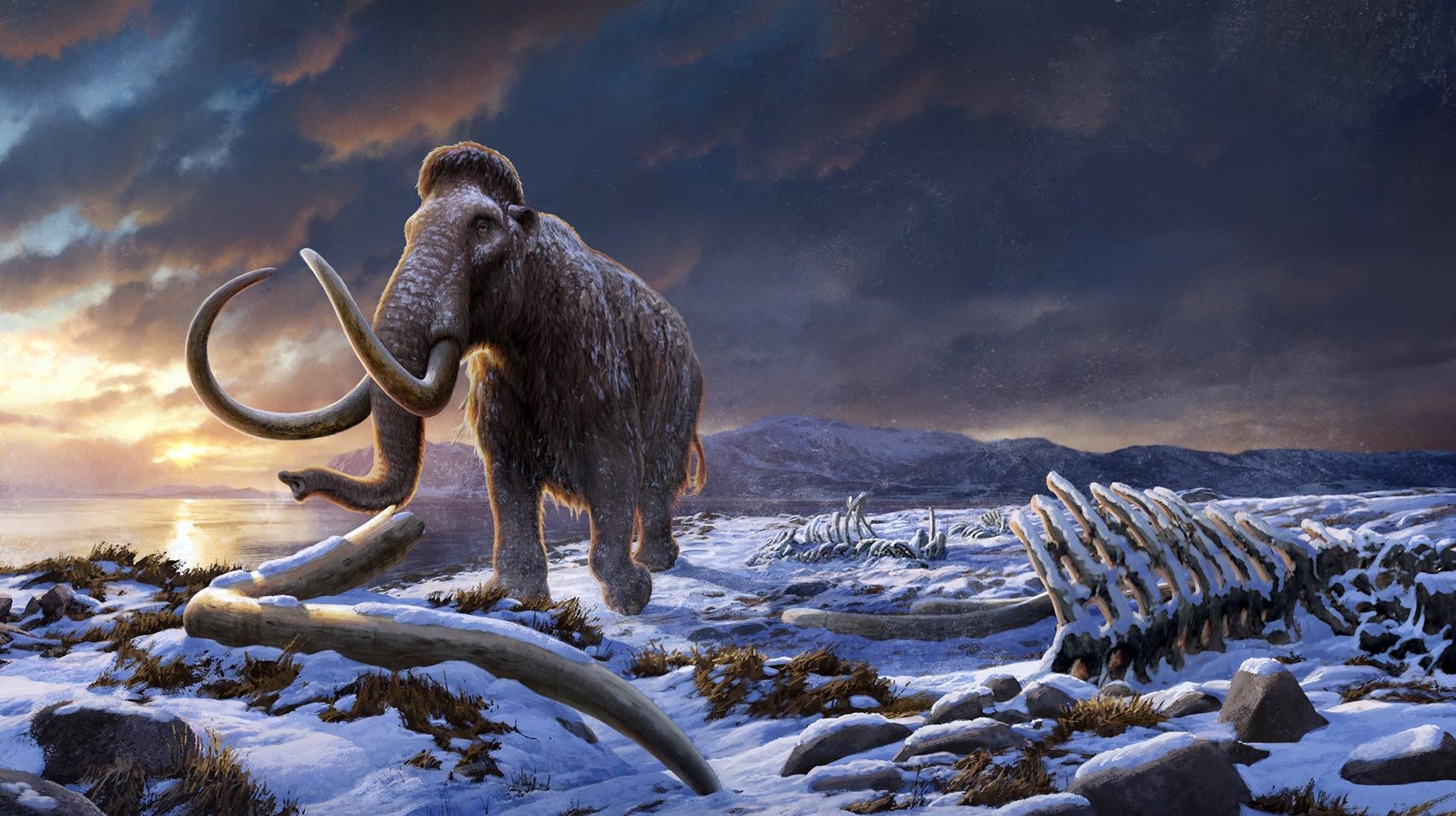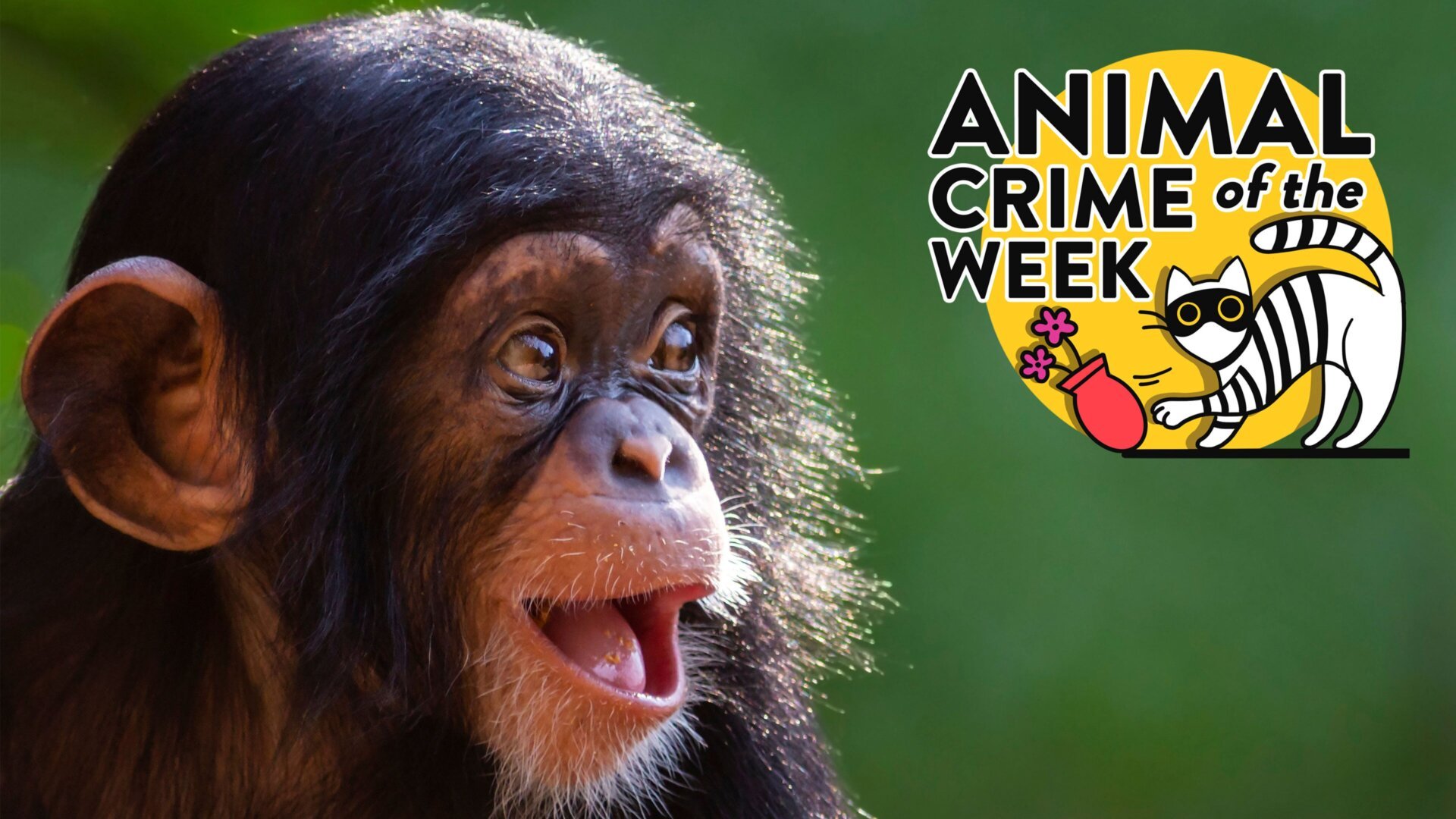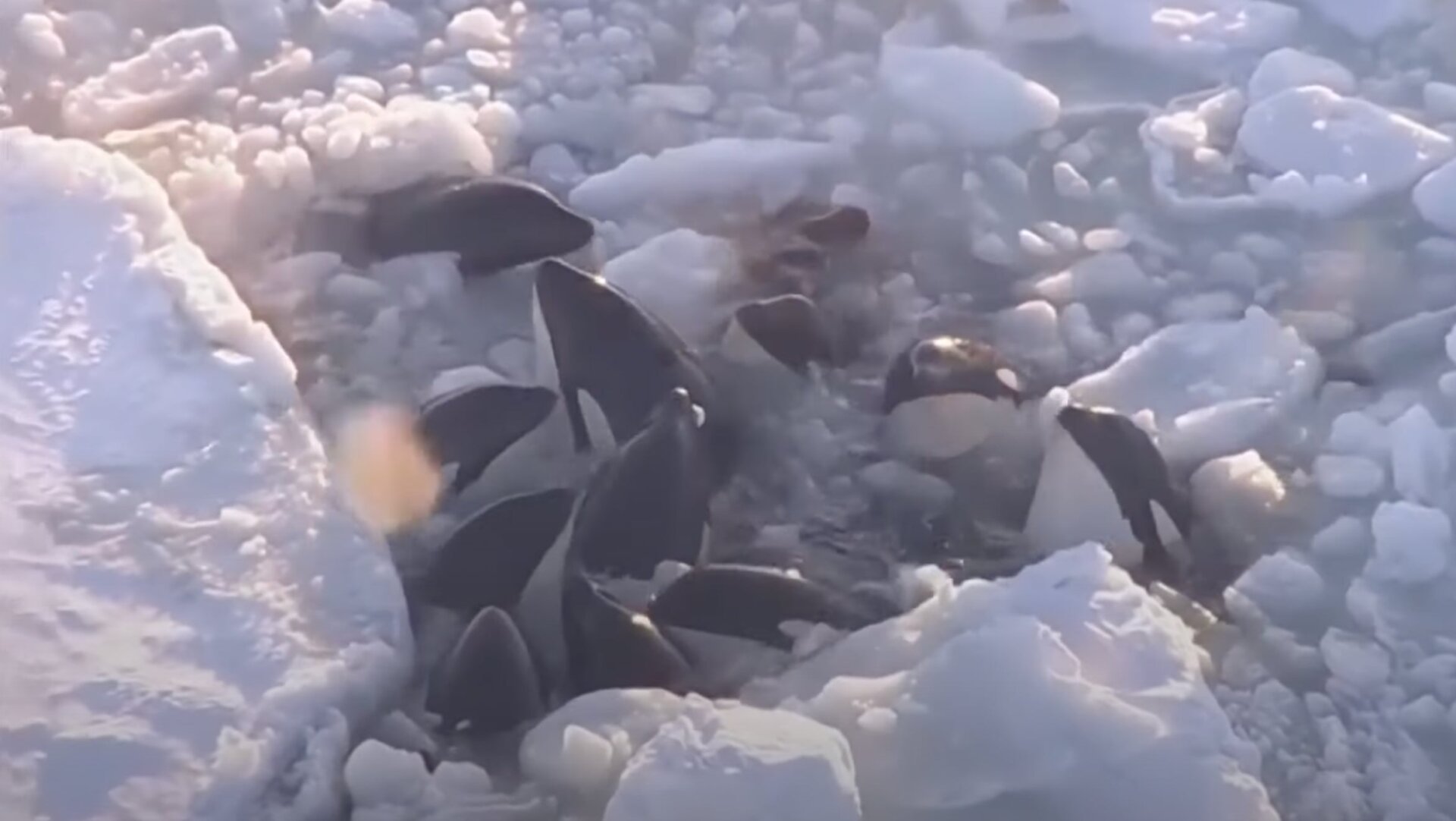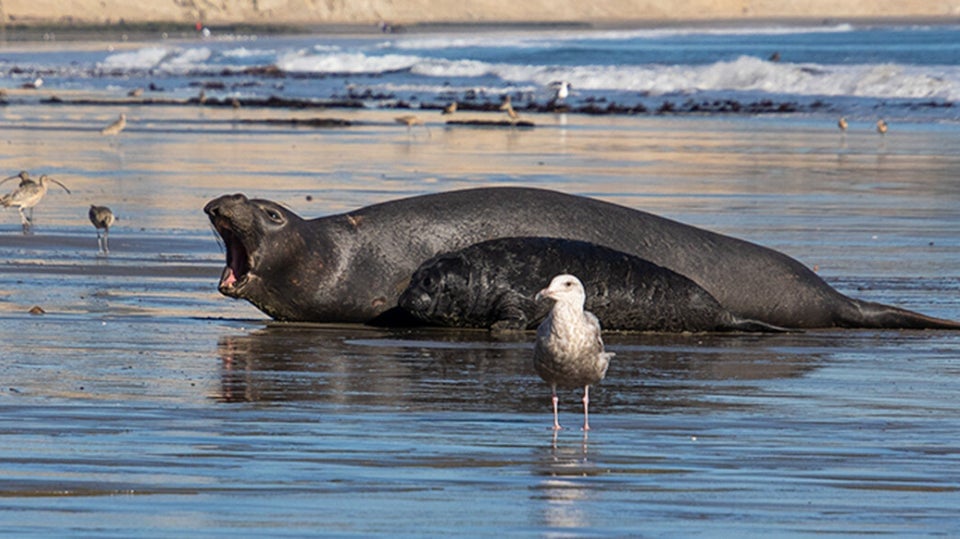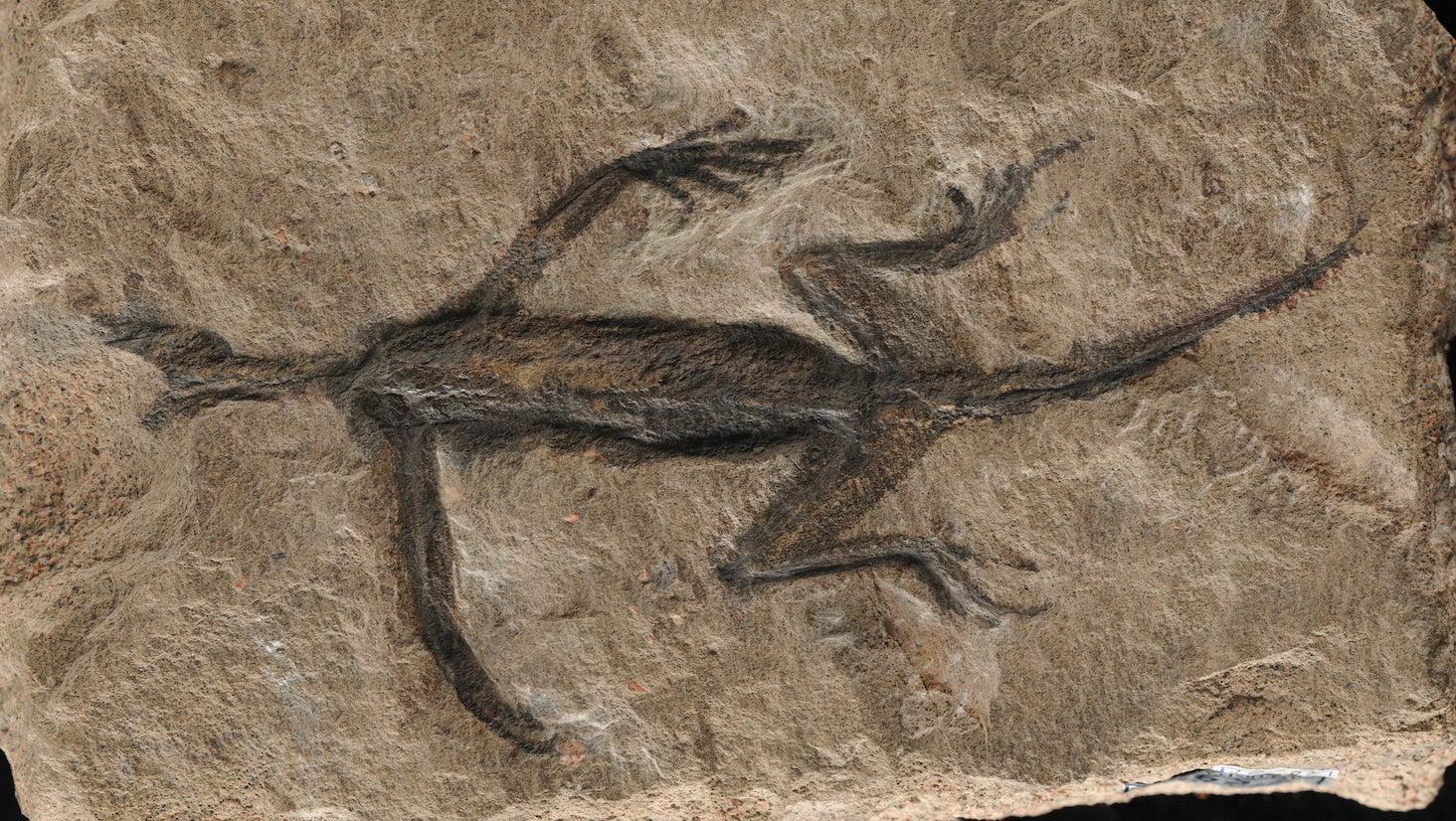Recent research published in Cell challenges the long-held belief that inbreeding led to the extinction of the last woolly mammoths on Wrangel Island. By analyzing 21 mammoth genomes, scientists discovered that genetic diversity wasn’t the primary culprit in their demise.
Woolly mammoths (Mammuthus primigenius), close relatives of modern elephants, were well-adapted to cold climates. The last known population survived on Wrangel Island, north of Siberia, isolated from the mainland about 10,000 years ago due to rising sea levels. Their extinction, coinciding with the construction of the Great Pyramid of Giza, remains a mystery. While this study doesn’t pinpoint the exact cause, it rules out declining genetic diversity as the main factor.
“Genetic diversity is crucial for a population’s resilience to environmental changes,” explained Marianne Dehasque, a geneticist at the Centre for Paleogenetics in Stockholm and lead author of the study. “We suspect a sudden event led to their extinction. Until we analyze genomes closer to the extinction date, the exact cause remains speculative.”
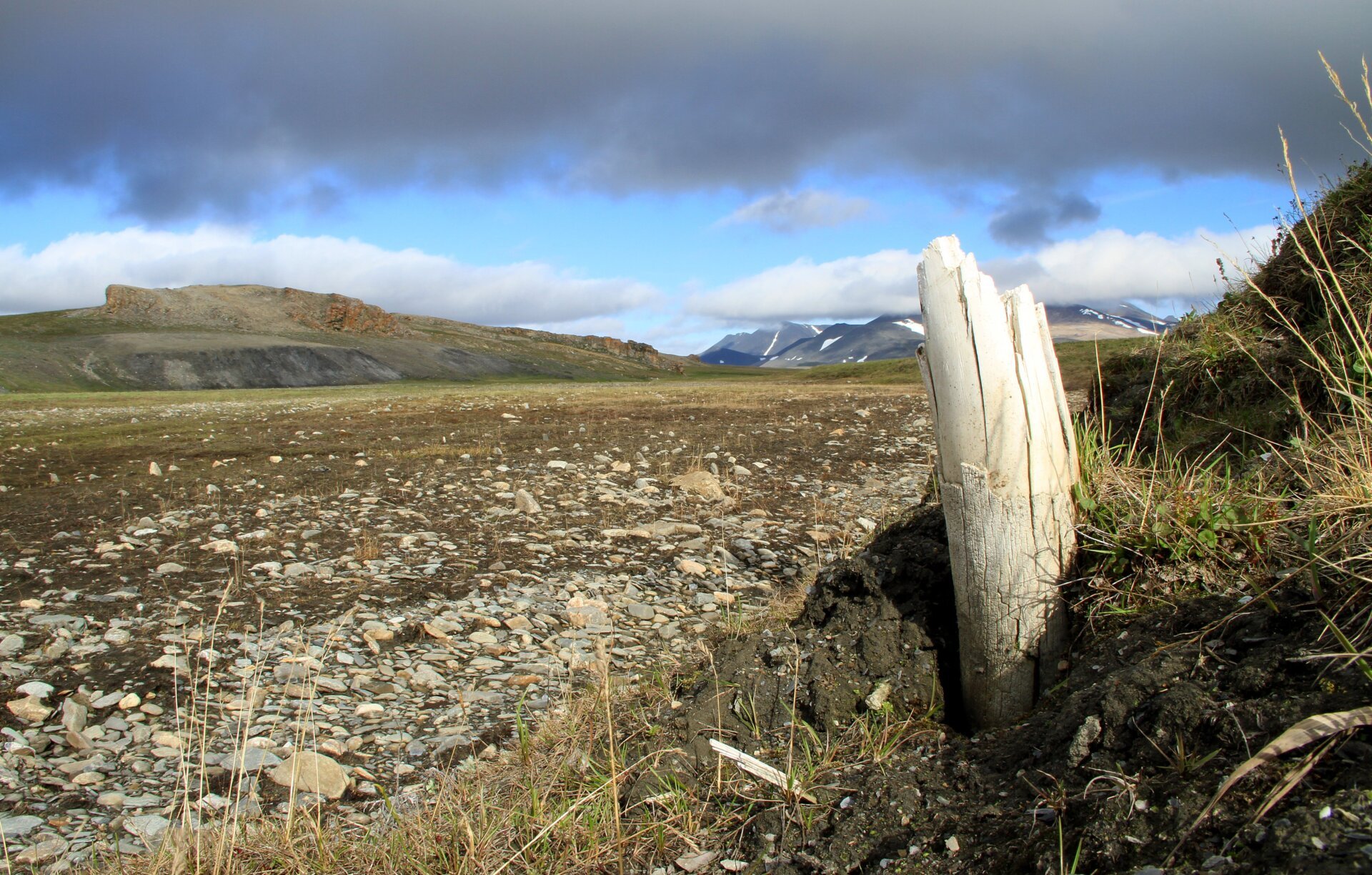 A mammoth tusk sticking out of the ground on Wrangel Island.A mammoth tusk unearthed on Wrangel Island. Photo: Love Dalén
A mammoth tusk sticking out of the ground on Wrangel Island.A mammoth tusk unearthed on Wrangel Island. Photo: Love Dalén
Genetic Analysis Reveals a Resilient Population
The research team analyzed 21 mammoth genomes, ranging from 52,300 to 4,333 years old, just before the species’ extinction. Fourteen genomes were from Wrangel Island mammoths, while seven belonged to mainland Siberian populations. Simulations suggest the Wrangel Island population likely originated from a small group of around eight individuals. Remarkably, this population rebounded to several hundred within 20 generations, persisting for another 6,000 years.
Inbreeding Depression Not a Decisive Factor
“The genomic data shows that individual mammoths carried harmful mutations for thousands of years after the initial bottleneck,” stated Love Dalén, an evolutionary geneticist at the Centre for Paleogenetics and co-author of the study. “However, this inbreeding depression wasn’t severe enough to cause a gradual decline toward extinction.” This contradicts previous theories blaming genetic issues for their disappearance. Instead, the findings suggest a rapid environmental shift—perhaps a disease outbreak, climate change event, or wildfire—around 4,000 years ago. It’s a sobering thought that mammoths might still roam the Earth were it not for such a catastrophic event.
Dalén explained that while most species produce more offspring than needed for population stability, various factors can reduce population size, leading to inbreeding and genetic drift. Although individual mammoths may have experienced negative consequences of inbreeding, the overall population remained resilient. The Wrangel Island mammoths, according to the study, showed signs of purging the most detrimental mutations while accumulating milder ones until their extinction.
 A mammoth tusk on Wrangel Island.Another mammoth tusk discovered on Wrangel Island. Photo: Love Dalén
A mammoth tusk on Wrangel Island.Another mammoth tusk discovered on Wrangel Island. Photo: Love Dalén
Mammoth Tusks: A Treasure Trove of Information
Mammoth tusks provide invaluable insights into their lives, from diet to social interactions. Recent studies have used tusk isotopes to track mammoth movements across Alaska and extracted ancient DNA from a million-year-old tusk.
The Search for Answers Continues
While the exact cause of the Wrangel Island mammoths’ extinction remains elusive, researchers are making progress. Their next step is to analyze even younger mammoth DNA, closer to the extinction event.
“We possess mammoth samples around 4,100 years old,” Dehasque mentioned. “Though the DNA quality isn’t ideal, improving techniques give us hope of obtaining usable genomic data soon.”
Climate Change and Extinction: A Cautionary Tale
While the Wrangel Island mammoths’ final fate is unclear, the species was already facing challenges. A 2021 study linked climate change—specifically the planet’s emergence from the last Ice Age—to the decline of mammoth food sources, contributing to their demise.
Lessons for the Present
By studying mammoth extinction, scientists gain valuable insights that can be applied to vulnerable populations today, such as the critically endangered kākāpō of New Zealand or the vaquita porpoise of Baja California. The woolly mammoth’s story underscores the complex interplay of factors that can lead to extinction—a process that can sometimes unfold slowly, then suddenly accelerate. The ultimate cause of their disappearance still needs to be determined, but their story serves as a poignant reminder of the fragility of life on Earth.



